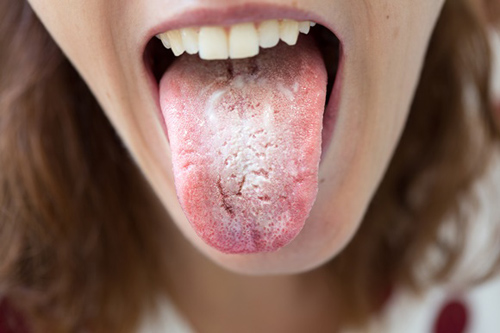

Before we learn what candida foods to eat, let us understand more about this condition. Candida (candidiasis) is a mycosis or infection caused by ‘Candida albicans,’ a microscopic fungus or yeast typically found in the mouth, the intestine, and skin.
When the immune system is compromised due to diabetes, intense antibiotic treatment, cancer, or other causes, candida fungi increase and produce the infection known as candidiasis or moniliasis. It affects the vagina, the anus, the mouth, or skin areas affected by moisture or friction (for example, the groin, the axillae, or under the breasts).
A candida diet plan that contributes to boosting the immune system and the balance of the intestinal bacterial flora, which favors the cure of candidiasis, is beneficial.
Top Four Candida Foods to Eat

Yogurt: Biotic yogurt is one of the best candida foods because it contains live bacterial cultures typically found in the intestine, forming part of the intestinal flora. These bacteria prevent the excessive proliferation of other microorganisms, such as yeasts, in the digestive tract. Thus, it is said that yogurt balances and regulates intestinal flora. Its consumption fights oral, intestinal, and anal candida. Good results have been achieved in vaginal candidiasis by introducing it into the vagina. Biotic yogurt is among the top foods to eat to eliminate yeast infections.

Garlic: Garlic must be on every candida diet meal plan because it inhibits the proliferation of many microorganisms, including the fungus that causes candida. This effect is due to its sulfurated essence, which diffuses readily throughout the body’s tissues. It also balances the intestinal flora and stimulates natural immunity.
Folates: Folate deficiency encourages candidiasis and other mycoses. Legumes, wheat germ, and green leafy vegetables are good sources of folates.
Iron: It has been shown that iron deficiency is associated with many candida cases, which may be an aggravating factor. Legumes, molasses, soy and its derivatives, sesame, and spinach are good plant-based sources of iron, whose absorption is facilitated by the simultaneous consumption of vitamin C or foods containing it.
Foods to Avoid With Candida
Sugars: Yeasts feed primarily on sugars. Too Much sugar use encourages their development, as does diabetes. Sugar consumption should be avoided, along with sugar-containing foods. Brown sugar, maple sugar, and other sugars are also detrimental.
Alcoholic Beverages: Alcohol depresses the immune system (lowers resistance). Besides, all alcoholic beverages, mainly wine and beer, contain residues of the yeast with which they have been made. These yeast residues may facilitate candidiasis in sensitive individuals.
Chocolate: Chocolate should be avoided because it contains sugar, which advances the yeasts’ development and causes candidiasis. It is also rich in fat, which negatively affects the immune system.
Brewer’s yeast: Although it is not the same type of yeast that causes candidiasis, it is suspected that it may promote this disease in sensitive individuals.
Cured cheeses: Many kinds of cheese are prepared with fungi similar to the yeast that cause candidiasis; thus, they should be avoided.
Bread: There is a hypothesis that yeast products may favor infection by microscopic fungi that cause candida in sensitive individuals. Bread is made with yeast, and it should be avoided.
What bread can I eat on a candida diet? Most candida diet plans allow for the consumption of candida sourdough bread. However, remember that most sourdough bread from the grocery store may contain some yeast. Therefore, it is recommended that you find a reliable source, preferably organic, for your sourdough bread that ensures they prepare it the right way.
DISCLAIMER: All content on this website is presented solely for educational and informational objectives. You should not rely on the information provided as a replacement for advice, diagnosis, or treatment from a qualified medical expert. If you are pregnant, nursing, or have any preexisting medical concerns, you should talk to your doctor before using any herbal or natural medicines.
REFERENCES
- George D. Pamplona-Roger, M.D. “Encyclopedia of Foods and Their Healing Power.” George D. Pamplona-Roger, M.D. Encyclopedia of Foods and Their Healing Power. Trans. Annette Melgosa. Vol. 2. Chai Wan: Editorial Safeliz, 2005. 354. Print. [candida foods to eat]
- National Institutes of Health: https://www.ncbi.nlm.nih.gov/pmc/articles/PMC6038711/
- Mayo Clinic: https://connect.mayoclinic.org/discussion/candida-overgrowth/
- National Center for Complementary and Integrative Health: https://www.ncbi.nlm.nih.gov/pmc/articles/PMC3708393/
